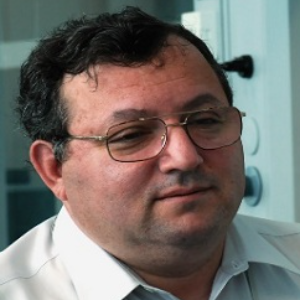Title : Percolation and additional active centers as key factors for performance of highly productive Fischer-Tropsch synthesis catalysts
Abstract:
The Fischer–Tropsch synthesis (FTS), which is important for energy and alternative fuels, is a strongly exothermic and temperature sensitive process. Therefore, the use of a catalyst with low thermal conductivity may lead to rapid deactivation. It means that efficient heat removal by thermally conductive additives is of crucial importance. Efficient mass transfer is also important for the viscous product removal. This work shows that a percolating heatconductive network (characterized by newly introduced interconnectivity function) in combination with extended pore system provides an unmatched performance of composite catalysts in FTS. The electron microscopy and X-ray tomography support the conclusions. Both methods showed that the catalyst pellet represents an interconnecting network of transport pores and percolating metallic heat-conductive flakes. The improved interconnectivity effect is manifested if a condition of fast enough diffusion of liquid hydrocarbon products is met. This can be accomplished by introduction of additional active centers into the catalyst. For example, the introduction of some zeolites can help as shown by experimental practice.
Audience Take Away:
- Catalytic processes with high thermal effect and high temperature sensitivity can still be controlled by introduction of a thermally conductive network into the catalyst pellets.
- A newly introduced function of interconductivity may help in understanding and engineering such reactions.
- Additional active centers, which help changing product viscosity, can help in further intensification of a process.



